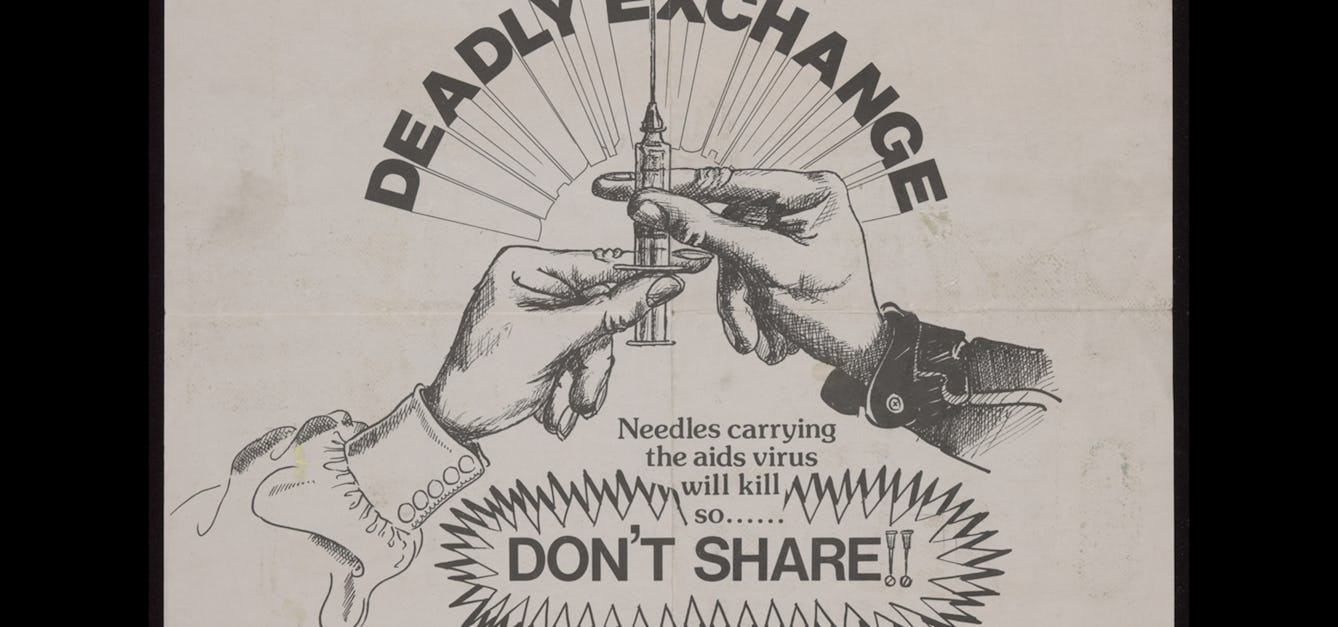Stories

- Article
Guerrilla public health
From safe-use guides to needle exchange schemes, Harry Shapiro reflects on 40 years of drug harm reduction in the UK.

- Article
The unearthly children of science fiction’s Cold War
In the 1950s a new figure emerged in British novels, film and television: a disturbing young alien that revealed postwar society’s fear of the unruly power of teenagers.

- Article
A story of death, trauma and austerity
Marienna Pope-Weidemann, whose teenage cousin Gaia died after going missing, advocates a rethink of our systems, which currently fail many in mental distress.

- Article
Inhaling happiness and gasping for a high
The rapid, short-lived high we get from whippets, reefers and vapes can be accompanied by long-term health consequences. The search is on for safer ways to get stoned.
Catalogue
- Books
Emotional and behevioural problems in adolescents : a multidisciplinary approach to identification and management. / Geoffrey Pearson ; Rachel Bryant-Waugh ; with illustrations by Sarah Lenton.
Date: 1988- Books
Adolescent substance misuse : why one person may be more at risk than another, and what you can do to help / Ian Sutherland.
Sutherland, Ian, -2002Date: 2004- Books
Woman of substances : a journey into drugs, alcohol and treatment / Jenny Valentish.
Valentish, JennyDate: 2019- Videos
Animal research facing the public. Parts 1-11.
Date: 1990-1992- Videos
The secret life of your body clock.
Date: 2009









